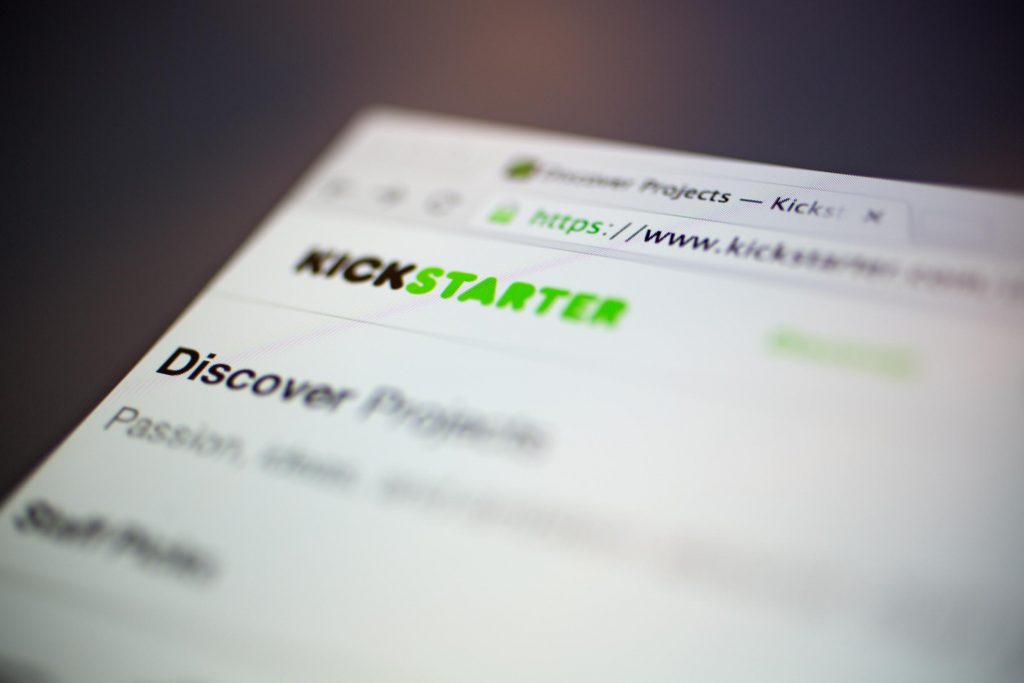It’s a good time to be a startup in North America. Venture capital investing in the US reached a record $59.8 billion for the first half of 2015. Up north, Canada is also making major strides (thanks in part to emerging government funding and tax incentive programs for new businesses). In the first half of this year Canadian VC investments hit $1.19 billion — the highest amount in more than a decade.
The bottom line? Despite some recent talk of a tech bubble, overall confidence remains strong for the industry… and funding is flowing. Tapping into it, however, isn’t necessarily easy.
For entrepreneurs with a vision — but not much else in the way of resources — understanding the myriad funding options available to startups can be overwhelming. It was for me when Hootsuite was getting off the ground in 2008. And in the last few years a host of new tools have emerged.
I hope a look at my own funding journey, as well as some other early-stage funding options, can shed light on the process for other entrepreneurs wrestling with the money question.
When in doubt, bootstrap
I started Invoke, the company that would eventually develop the Hootsuite social media management tool, in 2000. The year before, I had sold a pizza restaurant I was running and moved to Vancouver in the hopes of gaining some coding experience. After the dot-com I was working for went bust, I took what remained of the proceeds and set up shop in my apartment.
Bootstrapping — using your own personal resources, however modest, to start a business — is the easiest and probably most common way to fund a startup. There’s nothing fancy about it and, in my mind, that’s the whole point. You don’t have to convince other investors about the merits of your idea — you only have to convince yourself. And even if you don’t have a lot of money in the bank, a little plastic can go a long way.
Ask friends and family to show the love
Lots of people are uncomfortable with the idea of approaching family and friends for startup funds. I get that — in fact, I never had to tap into “love money.” But once your personal resources are exhausted, it’s an option worth keeping on the table, whether or not you use it.
For starters, love money can be a needed reality check. If you don’t believe in your vision enough to approach the people you’re close to, then maybe it’s not quite as promising as you think. Furthermore, pressure to make good on friends’ and family’s investment can be a supremely powerful motivator.
It’s key to be transparent about risks and expectations from the start, however, especially as loved ones have a tendency to overestimate your prospects of success. Similarly, spelling out the terms and type of investment with a shareholders’ agreement is important for avoiding tensions down the road.
Harness the power of the crowd
If tools like Kickstarter and Indiegogo had been around when Hootsuite was getting off the ground, I probably would have been an early adopter. The premise of crowdfunding sites like these is pretty straightforward — in exchange for making online pledges to your company, supporters get to pre-buy your product or else get perks like t-shirts or signed merchandise. Individual pledges may seem like “small change,” but strong product ideas can generate literally millions of dollars in contributions, like the US $20 million raised by Pebble for its new smartwatch.
If Kickstarter and Indiegogo had been around when Hootsuite was getting off the ground, I probably would have been an early adopter.
The big upside of traditional crowdfunding, in my estimation, is that you’re able to raise substantial amounts in a short period of time without sacrificing any equity. A successful crowdfunding campaign can also be valuable proof that your product has a market (useful when seeking later funding from institutional sources). Having said that, crowdfunding won’t work for everyone. Consumer-focused companies in the later stages of product development seem to do best.
It’s worth also pointing out a relatively new crowdsourcing alternative: equity crowdfunding. This option allows companies to raise capital by offering equity — rather than just pre-sales or t-shirts — directly to small investors. In the U.S., new securities regulations this year opened up equity crowdfunding to everyone, not just “accredited investors” (who have to meet relatively high net worth or income requirements) — changes that should make equity crowdfunding increasingly popular in years ahead.
Get wings from a new set of angels
Angel investors — wealthy individuals or groups willing to invest in an early-stage startup, generally in exchange for equity — are nothing new. But they’ve become increasingly accessible in recent years thanks to new technology. Whereas before you’d need to be in the right social or professional circles to rub shoulders with angels, sites like AngelList allow startups to put themselves in front of literally thousands of investors — democratizing access.
The other huge advantage is that founders can seek out industry-specific investors — people versed in their field who are capable of both recognizing winning ideas and providing strategic support. (Compare this to the old days when, say, an aspiring restaurateur would have no choice but to pitch the local mining executive or media tycoon for financing — individuals with no special insight into the restaurant business.)
Startups in search of funding can also connect with AngelList syndicates, groups of investors who have pooled their resources and typically specialize in certain sectors. (Syndicates are also unique in that they allow investors — called backers — to get involved in angel investing without committing huge sums of money.) For example, I’ve started the “Maple Syrup Mafia” syndicate on AngelList, which has 17 backers and invests in Canadian startups.
Bring in the big guns with venture capital
After my team developed Hootsuite in 2008, we bootstrapped the project for a year. But we had a fast-growing, hungry baby that we desperately needed to feed. In order to hire a larger team, upgrade our product and market our offering to a wider audience, we decided to seek out venture capital. In the end, we secured $1.9 million in a Series A round, the first time institutional investors entered the picture.
If your industry is growing quickly, the competition is intense and you urgently need funding to scale and stay in the game, venture capital is often the best, and only, option. I’ll be the first to admit that the experience of approaching and working with venture capital firms — if you’ve never done so before — can be intimidating. After all, VCs broker deals like this every day; you don’t.
I’d caution founders to slow down, do their homework and not jump at the first deal. If you have a winning product, you won’t find it difficult to secure other offers. It’s also critical not to get caught up in the “brand-name” VC game. Having a marquee investor may bring some social proof to your venture, but it’s debatable whether the expertise and counsel provided is any more valuable than what you could get from a lesser-known firm. VCs may promise the world initially, but — once their investment is locked down — many turn their attention to chasing the next big thing. It’s the nature of the business. If all you expect going into a deal is capital, you may be pleasantly surprised should you happen to get something more.
Syndicated with permission from Ryan Holmes’ Medium account.



